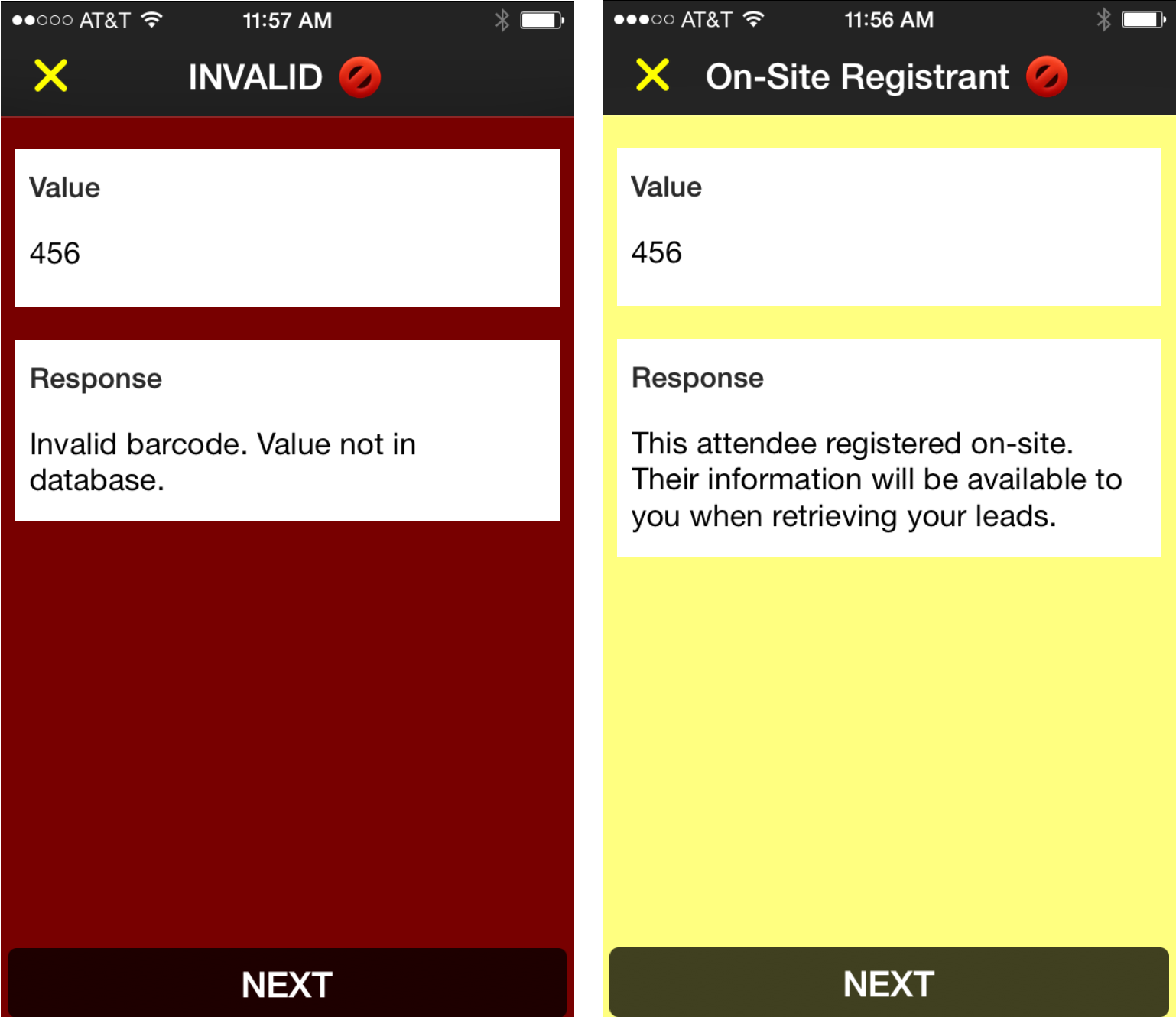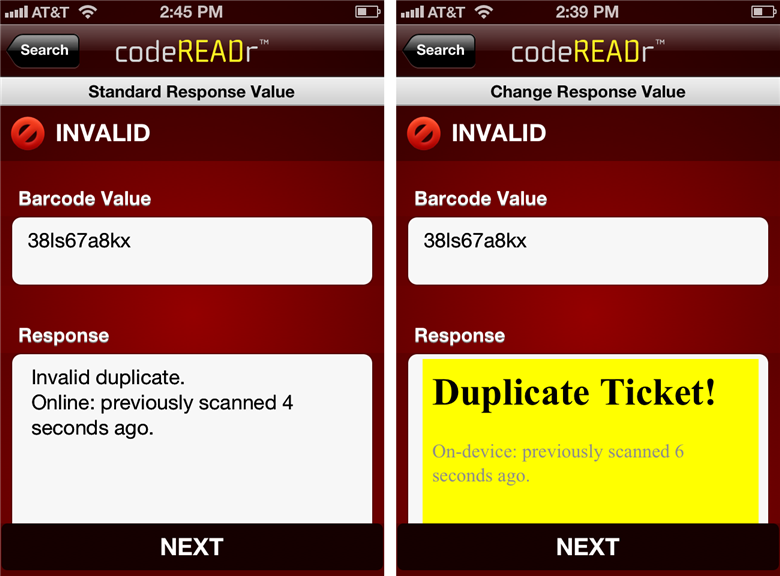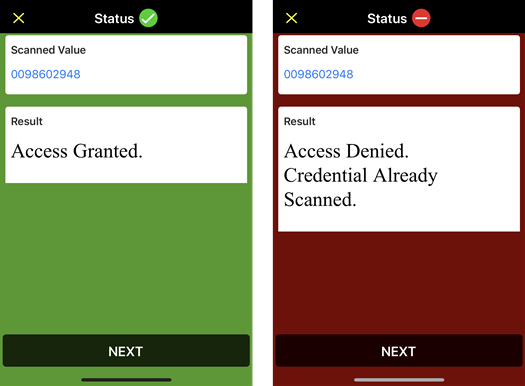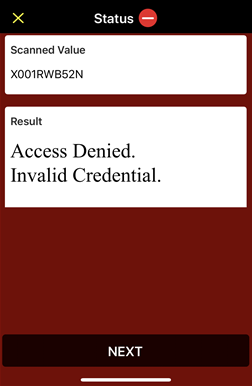What Is Alter Response?
This feature enables the customization of the information presented to the app user after submitting a scan. When it detects a defined pattern within your original, default response text, the app will instead display custom, formatted text to app users based on the replacement template you create.
Also, it does not save the new text with the scan record, nor does it change your default response text. Instead, it changes what’s displayed to the app user under the defined condition.
For the Alter Response Pattern field, you define a pattern to which the replacement information will apply. In the Alter Response Replacement field, you enter the template of what and how you want to display to the app user in the app’s response field.
This feature is very useful for customizing the display of information to the app user. You can control the content’s text, images, typefaces, and colors using HTML. Also, you can use our Webify tools for real-time data display. Learn more about changing the response text screen here.
Note: If you want to present your response using HTML, use structured text in column 2 of your database and an Alter Response HTML Template. Then, the database file size will be much smaller since you don’t need the full HTML content in every response field.
Response Text Replacement
Pattern:
Invalid barcode. Value not in database.(.*?)
Replacement:
This attendee registered on-site. Their information will be available to you when retrieving your leads.

Pattern:
^Recorded([\s\S]*)$
Replacement:
Attendee $(SCAN_VALUE) has been added to your leads.
First, the word “Recorded” is always in the response text for record-only services. Thus, if the scan value was “123”, the response text would show “Attendee 123 has been added to your leads”. Likewise, if the scan value was “John Doe”, the response text would show “Attendee John Doe has been added to your leads”.
Also, you can add HTML to the replacement string to alter the view, including highlighting specific text, increasing font sizes, or adding colors.
Invalid Duplicate Replacement
Pattern:
^Invalid [Dd]uplicate(:|.)([\s\S]*?)$
Replacement:
<html>
<head>
<meta name="viewport" content="initial-scale=1" />
</head>
<body style="background:yellow">
<h1>Duplicate Ticket</h1>
<p>$2</p>
</body>
</html>

As with all text replacements, you can add HTML to the replacement string to alter the view, including highlighting specific text, increasing font sizes, or adding colors.
Changing Response Structure
Pattern:
(.*?),(.*?)$
Replacement:
Last Name: $2
First Name: $1
Result:
If the barcode value in the validation database is ‘John, Doe’, the response text will be:
Last Name: Doe
First Name: John
Catch-All Pattern Replacement
Pattern:
^([\s\S]*)$
If you don’t have a defined pattern in your original, default response text, use this ‘catch-all’ script. In the pattern, “s” matches any whitespace character (spaces, tabs, line breaks) while “S” matches any character that is not a whitespace character (spaces, tabs, line breaks).
Replacement:
It’s best to access this replacement HTML (alter response HTML) through a PDF file. It’s set up with text specifically for access control applications. However, you can edit it as needed for any use case. Options include:
- You can increase or decrease the size of the response text by changing the font size. For example, you can change “font-size:30px” to “font-size:50px” if you want the text to be larger.
- You can change the response text for “invalid” and “invalid duplicate scans”.


Append Barcode to URL
Pattern:
^([\s\S]*)$
Replacement:
https://www.example.com?barcode=__SCAN_VALUE__
In this case, the replacement adds the barcode value to the base URL and opens automatically in-app.
Copy a URL
Pattern:
^([\s\S]*)$
Replacement:
__SCAN_VALUE__
Here, the replacement copies the scanned URL to the Response text field and opens in-app. You can use this for QR codes that link to a web address. Also, the value of the code is a URL and this replacement opens the link using Webify.
Parse a Value to Only Show Partial Response
This sample script pulls only certain data from a scanned V-card barcode. This allows you to parse out only the necessary information from the scanned data.